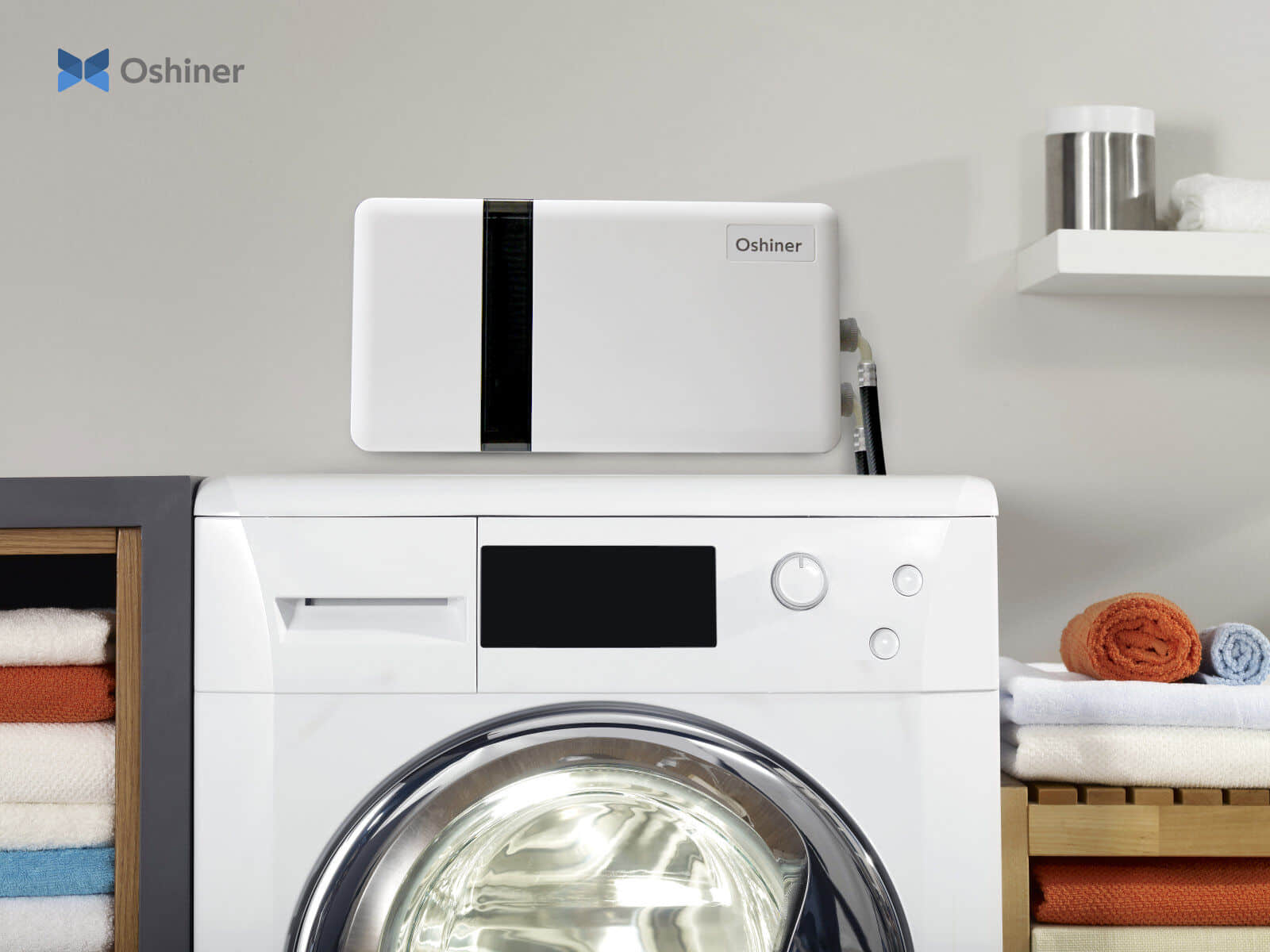Do not knowing whether you understand the word sterilization,the majority of people may think that sterilization is to use high temperature to kill harmful bacteria.In fact, it is not so.As a matter of fact, sterilization involves a wider range of content.
First,to understand the definition of sterilization is necessary. Sterilization, refers to the use of physical or chemical methods to kill all microorganisms, including pathogenic and non-pathogenic microorganisms and spores, so as to achieve the level of sterility assurance.
It can be seen that sterilization kills not only bacteria, but kills all microorganisms that will include bacteria. You know, microorganisms are very rich, in addition to bacteria, there are fungi, viruses, mycoplasma, actinomycetes, and even non-cellular organisms, etc., so it is very shallow to point to kill bacteria alone.
Secondly, moreover, sterilization not only eliminates the harmful part, but also with the beneficial part also eliminated. Because there are harmful and beneficial microorganisms, when all microorganisms are killed, not only the harmful part suffers.
Furthermore, sterilization can not only be achieved by high temperature. There are various sterilization methods that can be used from both physical and chemical perspectives. Physical sterilization methods can be divided into heat sterilization, filter sterilization and irradiation sterilization. Autoclaving is one of the heat sterilization methods. Chemical sterilization method can be divided into gas sterilization method and liquid sterilization method, the use of ozone to sterilize disinfection is one of the common and efficient gas sterilization method.
Therefore, you can have a more in-depth understanding of the word sterilization.



